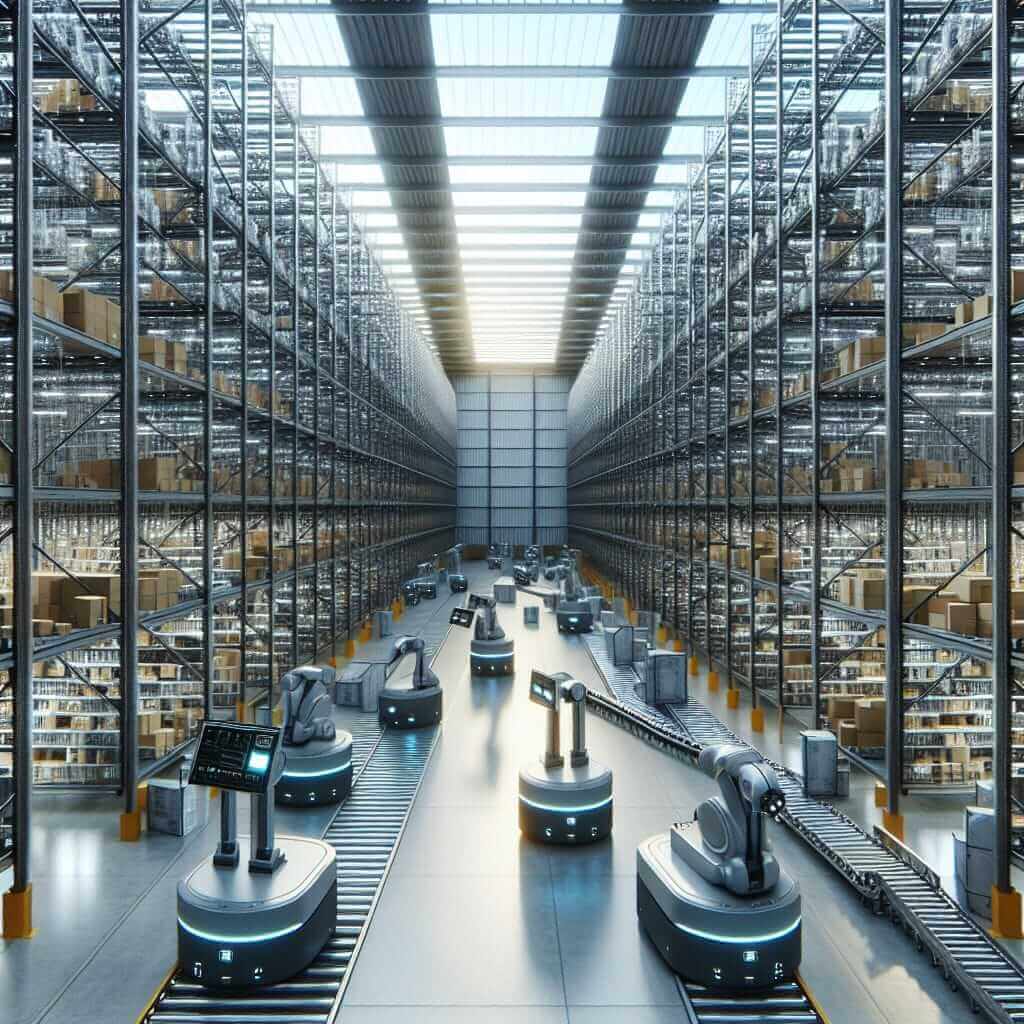The IELTS Reading section often features passages on contemporary issues, including advancements in technology and their societal impacts. One prevalent topic is the rise of e-commerce and its influence on supply chains. Given the increasing relevance of e-commerce in today’s global economy, preparing for a passage on this topic could be highly beneficial. Historical data suggests that such themes appear frequently, making them a likely candidate for future exams.
Main Content
Read the Passage: The Impact of E-commerce on Supply Chains
Type: Medium Text
E-commerce has drastically transformed the landscape of modern retail, irreversibly changing supply chains globally. The traditional supply chain, characterized by the movement of goods from manufacturers to wholesale distributors and finally to brick-and-mortar retailers, has been disrupted by the direct-to-consumer (D2C) model prevalent in online retail.
One significant way e-commerce impacts supply chains is through demand forecasting. Traditional retail relied heavily on historical sales data and seasonal trends to predict demand. However, e-commerce platforms can leverage real-time data analytics, enabling more accurate demand predictions and subsequently reducing excess inventory and stockouts.
Furthermore, e-commerce has intensified the need for efficient warehousing and logistics. With the growth of online shopping, companies must adapt to storing a diverse range of products and ensuring timely delivery to consumers. This shift has led to the proliferation of automated warehouses, utilizing robotics and AI to streamline operations and meet the high expectations for fast delivery.
 E-commerce Warehouse
E-commerce Warehouse
Another area where e-commerce has influenced supply chains is in the realm of consumer expectations. Online shoppers now demand not only quick delivery but also flexible return policies. This requirement has necessitated the development of efficient reverse logistics processes to handle returns and exchanges smoothly, which was less critical in traditional retail environments.
International trade and globalization have also been affected. E-commerce facilitates cross-border buying and selling, leading to more complex and extended supply chains. Companies must now navigate different regulations, tariffs, and shipping logistics, which adds layers of complexity to supply chain management.
Overall, the rise of e-commerce presents both challenges and opportunities for supply chains. Companies that can leverage technology to optimize their operations stand to gain a competitive edge in the burgeoning online marketplace.
Questions
Identifying Information (True/False/Not Given)
- E-commerce has completely replaced the traditional supply chain model.
- Real-time data analytics in e-commerce helps in reducing both excess inventory and stockouts.
- Automated warehouses are not necessary for traditional retail operations.
- Flexible return policies were crucial even before the advent of e-commerce.
- E-commerce has made international trade simpler by reducing the complexities of global supply chains.
Matching Headings
Match the following headings to the correct paragraphs:
a. The role of demand forecasting in e-commerce
b. The importance of reverse logistics
c. The impact of globalization on supply chains
d. Innovations in warehousing
- Paragraph 1
- Paragraph 2
- Paragraph 3
- Paragraph 4
- Paragraph 5
Sentence Completion
Complete the sentences using NO MORE THAN TWO WORDS from the passage:
- The proliferation of ___ warehouses is a direct response to the growth of e-commerce.
- E-commerce platforms utilize ___ to predict demand accurately.
- ___ logistics processes are essential for handling returns efficiently.
Answer Key
Identifying Information
- False
- True
- True
- False
- Not Given
Matching Headings
1 – a. The role of demand forecasting in e-commerce (Paragraph 2)
2 – d. Innovations in warehousing (Paragraph 3)
3 – b. The importance of reverse logistics (Paragraph 4)
4 – c. The impact of globalization on supply chains (Paragraph 5)
5 – c. The impact of globalization on supply chains (Paragraph 5)
Sentence Completion
- automated
- real-time data analytics
- Reverse
Common Mistakes
- Misinterpreting Information: Students often misinterpret the specifics, such as the distinction between traditional and e-commerce supply chains.
- Vocabulary: Not knowing specific terms like “reverse logistics” can lead to incorrect answers.
- Overlooking Details: Missing small details in the text, especially when it comes to the keywords like ‘reducing’ or ‘demand’.
Vocabulary
- Demand Forecasting (noun) [dɪˈmænd ˈfɔːkɑːstɪŋ] – the process of predicting future customer demand using historical data.
- Excess Inventory (noun) [ˈɛksɛs ˈɪnvəntɔri] – surplus goods that exceed the market demand.
- Warehousing (noun) [ˈweərˌhaʊzɪŋ] – the process of storing goods in a warehouse.
- Reverse Logistics (noun) [rɪˈvɜːs ləˈʤɪstɪks] – the process of moving goods from their final destination for the purpose of return, repair, or disposal.
Grammar Point
- Relative Clauses: Used to add extra information about a noun without starting a new sentence (e.g., “E-commerce, which has grown rapidly, impacts supply chains”).
Advice for High Reading Scores
- Practice Regularly: Engage with a wide range of texts to improve reading speed and comprehension.
- Expand Vocabulary: Regularly learn new words and their usage to understand passages better.
- Skim and Scan: Develop the ability to quickly locate key information and keywords in a passage.
- Understand Question Types: Familiarize yourself with different IELTS question formats to answer effectively.


